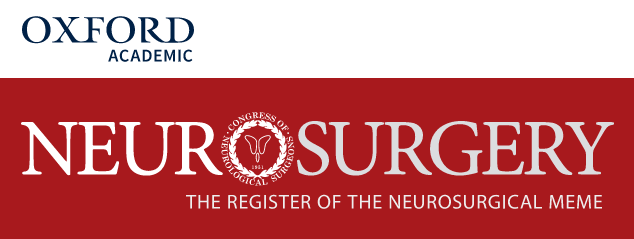 “The growing interest in cannabidiol (CBD), specifically a pure form of CBD, as a treatment for epilepsy, among other conditions, is reflected in recent changes in legislation in some countries.
“The growing interest in cannabidiol (CBD), specifically a pure form of CBD, as a treatment for epilepsy, among other conditions, is reflected in recent changes in legislation in some countries.
Although there has been much speculation about the therapeutic value of cannabis-based products as an anti-seizure treatment for some time, it is only within the last two years that Class I evidence has been available for a pure form of CBD, based on placebo-controlled RCTs for patients with Lennox-Gastaut syndrome and Dravet syndrome.
However, just as we are beginning to understand the significance of CBD as a treatment for epilepsy, in recent years, a broad spectrum of products advertised to contain CBD has emerged on the market. The effects of these products are fundamentally dependent on the purity, preparation, and concentration of CBD and other components, and consensus and standardisation are severely lacking regarding their preparation, composition, usage and effectiveness.
This review aims to provide information to neurologists and epileptologists on the therapeutic value of CBD products, principally a purified form, in routine practice for patients with intractable epilepsy.”

 “Marijuana is increasingly utilized for the treatment of multiple medical problems, including back pain, in the United States. Although there is strong preclinical evidence supporting the promise of
“Marijuana is increasingly utilized for the treatment of multiple medical problems, including back pain, in the United States. Although there is strong preclinical evidence supporting the promise of  “Cannabis research has historically focused on the most prevalent
“Cannabis research has historically focused on the most prevalent  “Cannabis sativa L. (C. sativa) contains an array of plant-derived (phyto)
“Cannabis sativa L. (C. sativa) contains an array of plant-derived (phyto)  “Burning mouth syndrome (BMS) is a neuropathic pain disorder associated with a burning sensation on oral mucosal surfaces with frequently reported xerostomia, dysgeusia and tingling or paraesthetic sensations. However, patients present no clinically evident causative lesions. The poor classification of the disorder has resulted in a diagnostic challenge, particularly for the clinician/dentist evaluating these individuals. Major research developments have been made in the BMS field in recent years to address this concern, principally in terms of the pathophysiological mechanisms underlying the disorder, in addition to therapeutic advancements. For the purpose of this review, an update on the pathophysiological mechanisms will be discussed from a neuropathic, immunological, hormonal and psychological perspective. This review will also focus on the many therapeutic strategies that have been explored for BMS, including antidepressants/antipsychotics, nonsteroidal anti-inflammatories, hormone replacement therapies, phytotherapeutic compounds and non-pharmacological interventions, overall highlighting the lack of controlled clinical studies to support the effectiveness of such therapeutic avenues. Particular focus is given to the
“Burning mouth syndrome (BMS) is a neuropathic pain disorder associated with a burning sensation on oral mucosal surfaces with frequently reported xerostomia, dysgeusia and tingling or paraesthetic sensations. However, patients present no clinically evident causative lesions. The poor classification of the disorder has resulted in a diagnostic challenge, particularly for the clinician/dentist evaluating these individuals. Major research developments have been made in the BMS field in recent years to address this concern, principally in terms of the pathophysiological mechanisms underlying the disorder, in addition to therapeutic advancements. For the purpose of this review, an update on the pathophysiological mechanisms will be discussed from a neuropathic, immunological, hormonal and psychological perspective. This review will also focus on the many therapeutic strategies that have been explored for BMS, including antidepressants/antipsychotics, nonsteroidal anti-inflammatories, hormone replacement therapies, phytotherapeutic compounds and non-pharmacological interventions, overall highlighting the lack of controlled clinical studies to support the effectiveness of such therapeutic avenues. Particular focus is given to the 

 “The number of patients using
“The number of patients using  “In the process of neonatal encephalopathy, oxidative stress and neuroinflammation have a prominent role after perinatal asphyxia. With the exception of therapeutic hypothermia, no therapeutic interventions are available in the clinical setting to target either the oxidative stress or inflammation, despite the high prevalence of neurological sequelae of this devastating condition.
“In the process of neonatal encephalopathy, oxidative stress and neuroinflammation have a prominent role after perinatal asphyxia. With the exception of therapeutic hypothermia, no therapeutic interventions are available in the clinical setting to target either the oxidative stress or inflammation, despite the high prevalence of neurological sequelae of this devastating condition.